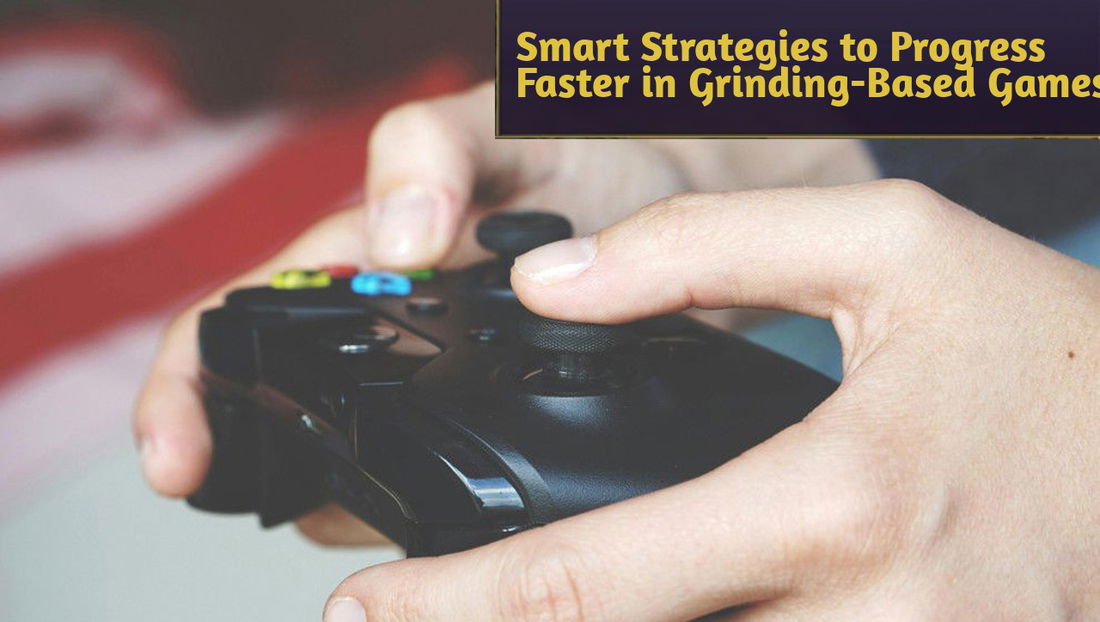Among the many options, one classic logic game stands out for its elegant simplicity and well-regarded cognitive benefits. For anyone looking to build better focus, learning how to play sudoku is an excellent first step. To see a puzzle in action, a great resource like sudokuquest.com provides an immediate way to start.
What Is the Goal of Sudoku?
The goal of Sudoku is fundamentally about order and placement. The game unfolds on a 9x9 grid, which is divided into nine 3x3 boxes. At the start, several squares are already filled with numbers. Your objective is to fill every empty square so that each row, column, and 3x3 box contains the numbers 1 through 9, with no repeats.
A common misconception among beginners is that Sudoku is a math game. This isn't true; it requires no arithmetic whatsoever. At its core, Sudoku is a pure logic puzzle based on pattern recognition. You could replace the numbers 1-9 with nine unique symbols, and the rules would remain identical. The goal is simply to deduce where each item belongs based on the process of elimination.
How to Play Sudoku: A Simple Guide for Beginners
Getting started with your first puzzle is a straightforward process. By focusing on a few fundamental techniques, you can begin to see the underlying logic and solve your first grid.
- Step 1: Scan for Obvious Placements: Start by looking at the rows, columns, and 3x3 boxes that are already nearly full. These areas provide the most clues. If a particular row or box is only missing one number, you've found your first easy win. This helps build momentum.
- Step 2: Use Cross-Hatching: For any empty square, scan its corresponding row, column, and 3x3 box. Mentally cross out all the numbers you see already in use. The single number that isn't crossed out is the only possible solution for that square. This technique is known as cross-hatching.
- Step 3: Build Confidence with Easy Puzzles: New players should begin with puzzles marked "Easy." This isn't about avoiding a challenge; it's about building a solid foundation. Mastering basic scanning patterns on simpler grids develops the mental muscle memory needed for more complex puzzles.
The Cognitive Benefits of a Daily Puzzle
Beyond being an engaging pastime, regular Sudoku play is a form of cognitive exercise. The game requires sustained attention, which exercises your ability to concentrate in other areas of life. From a problem-solving perspective, every puzzle strengthens your logical deduction skills as you evaluate possibilities to find the single correct solution. Furthermore, holding the placement of numbers in your mind as you scan the grid is an excellent workout for your working memory—a key component of short-term recall.
Finding Your Challenge Online
The modern accessibility of Sudoku is one of its greatest strengths. You can find and play countless puzzles on a PC, tablet, or phone, making it a perfect mental warm-up for a morning commute or a quiet evening. Online platforms are the ideal environment for skill development, offering a vast spectrum of difficulty levels from beginner to expert. This allows you to progress at a comfortable pace, ensuring you can always find a new and satisfying challenge as your abilities grow.









— Комментарии 0
, Реакции 1
Прокомментируйте первым